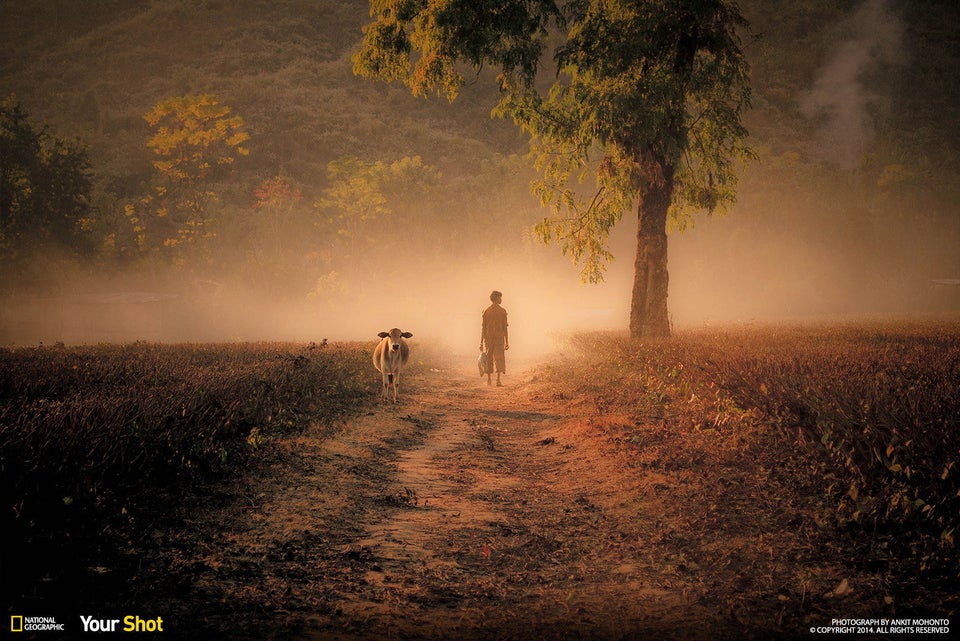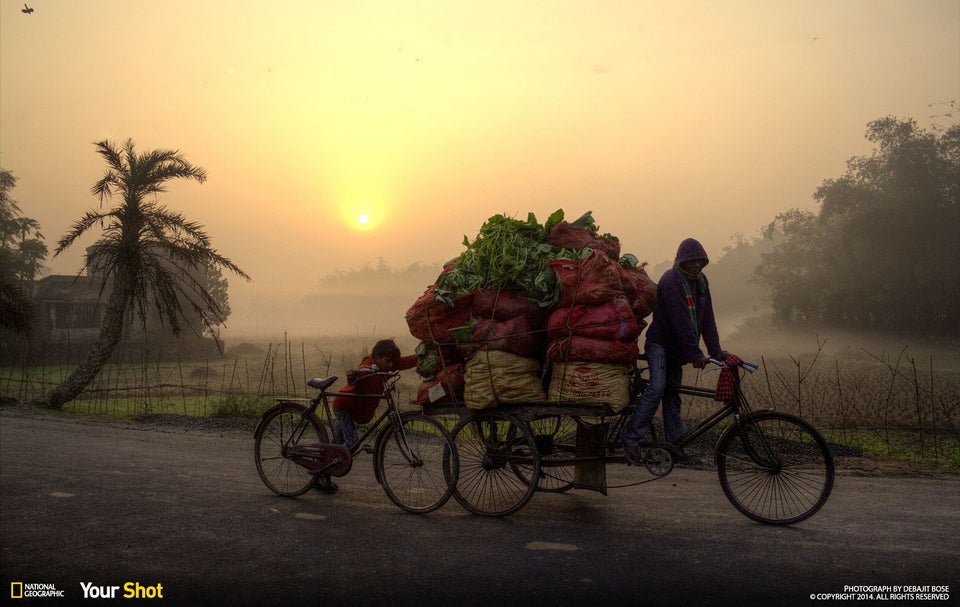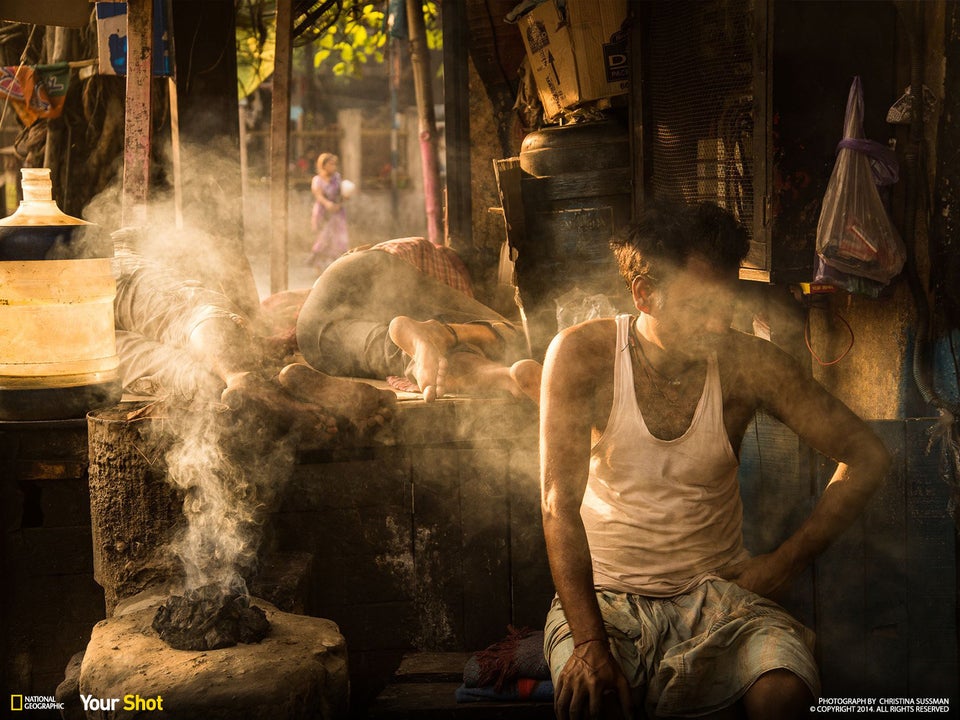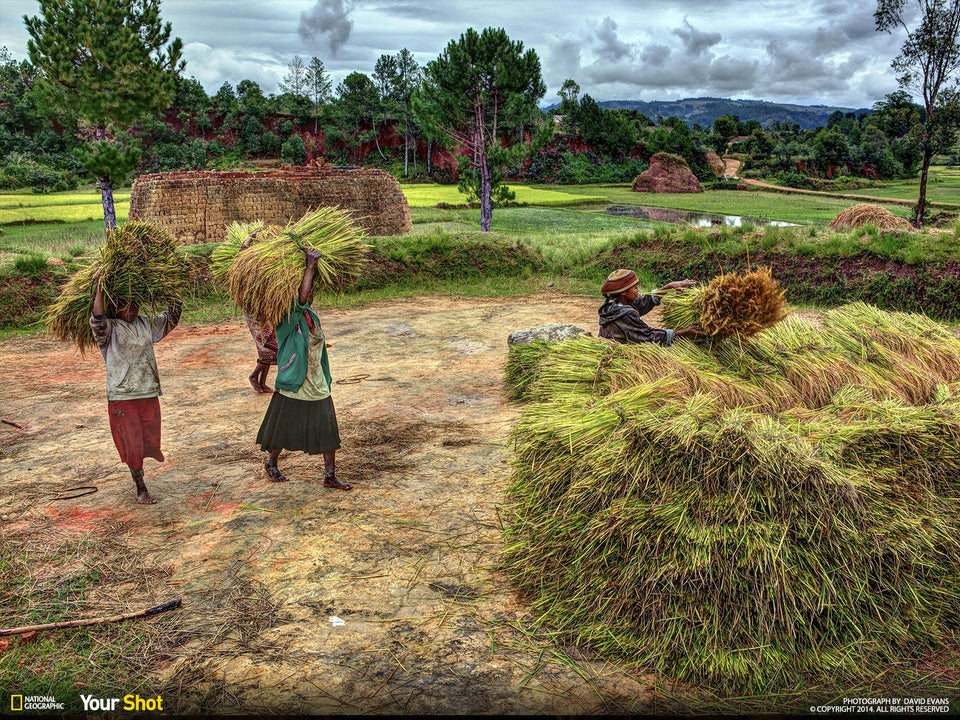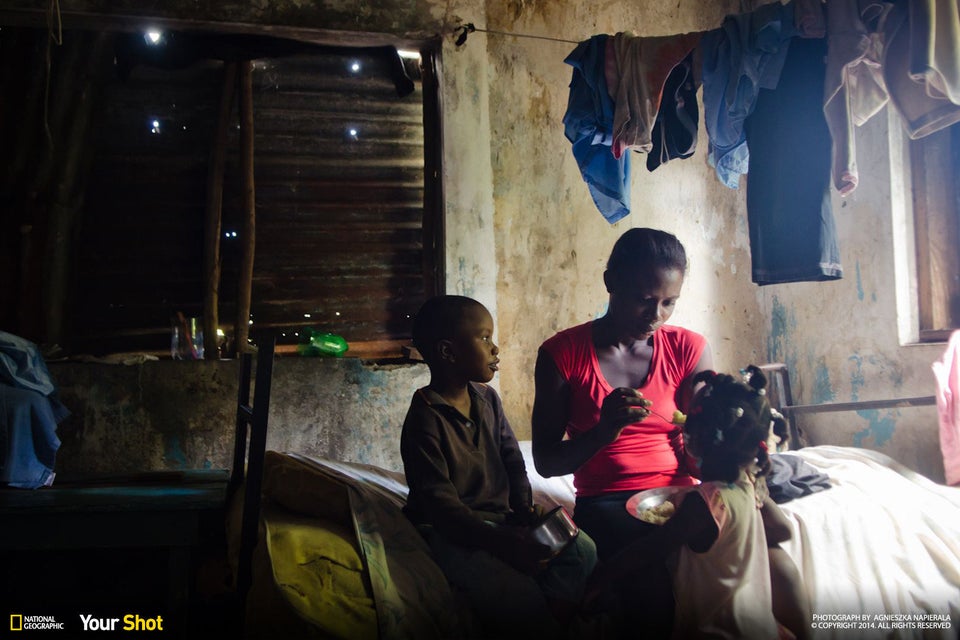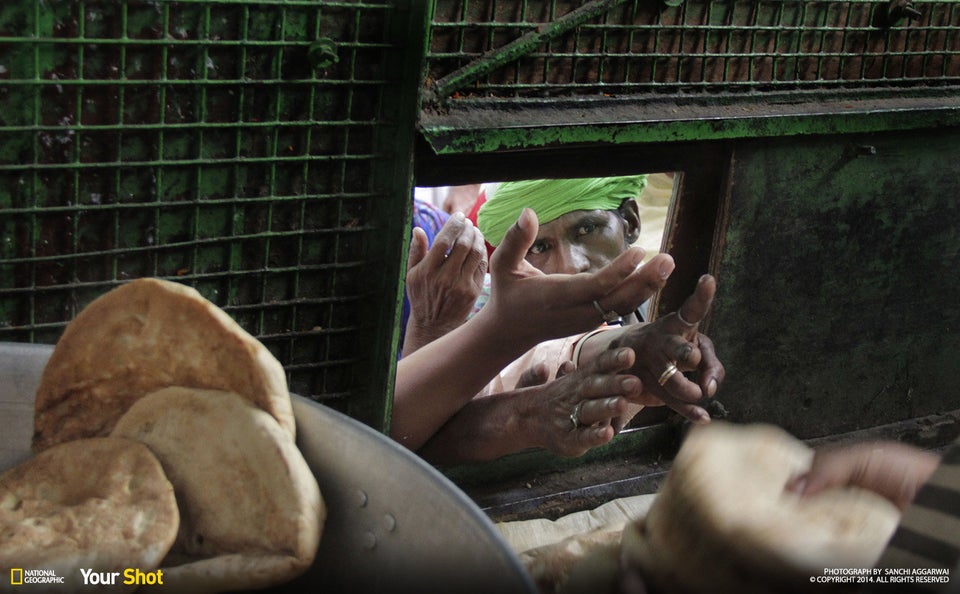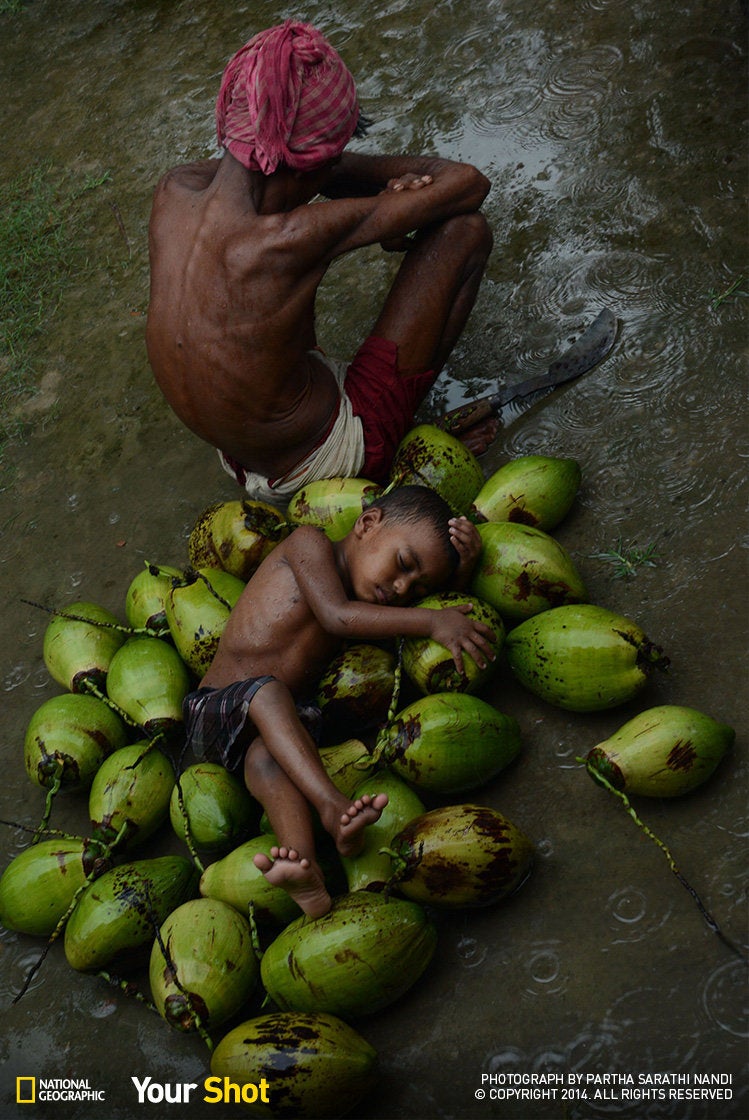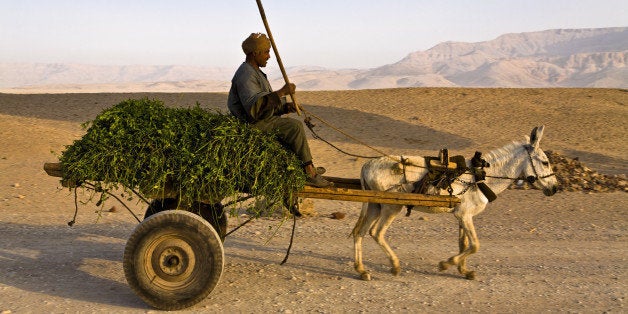
By Alister Doyle
OSLO, Jan 29 (Reuters) - Billion-dollar investments in basic transport and electricity in developing nations are among the best ways to curb hunger by 2030 since a quarter of all food is now wasted after harvest, according to a report issued on Thursday.
A total of $239 billion invested over the next 15 years, in road and railway connections to connect farms to markets and in electricity supplies to improve cold storage, would yield benefits of $3.1 trillion by safeguarding food, it said.
Mark Rosegrant, lead author and a director of the International Food Policy Research Institute in Washington, said that rural infrastructure was often overlooked by governments and investors as a way to cut food waste from rice to beef.
"The hope is to bring it (infrastructure) to the forefront," he told Reuters of the study, part of efforts to help the United Nations set targets for 2030 to succeed Millennium Development Goals for 2000-15 that included halving rates of poverty.
Food losses, ranging from poor harvesting techniques in fields to rotting vegetables in consumers' kitchens, wipe out a quarter of all food produced, according to one 2012 study. Halving such losses could feed a billion people.
Past national studies had shown that improved roads, such as in India, help curb food waste. Rosegrant said Thursday's study was an attempt to estimate benefits for developing nations in Africa, Latin America and Asia.
Bjorn Lomborg, head of the Copenhagen Consensus Center which commissioned the study, said debate about waste in rich nations was usually about how to discourage consumers from buying too much food and then throwing away large amounts uneaten.
In developing nations, waste is linked to a lack of basic infrastructure before it reaches markets, he said. Among problems, "it can get eaten by rats in the fields, or spoils because there's not enough cold storage," he said.
The study also recommended a 160 percent rise in research to improve crop yields, estimating that an extra $88 billion spent over the next 15 years would give benefits of $2.96 trillion.
Christopher Barrett, a reviewer at Cornell University, called Rosegrant's study the "most serious attempt to date" to estimate how cuts in post-harvest losses could feed a rising population.
"In a world where currently up to 900 million people are chronically malnourished, reducing post-harvest losses could play a significant role in meeting the coming challenge," he wrote. (Editing by Mark Heinrich)
Related
Before You Go
